8 reasons why EVERYONE loves DIE HARD
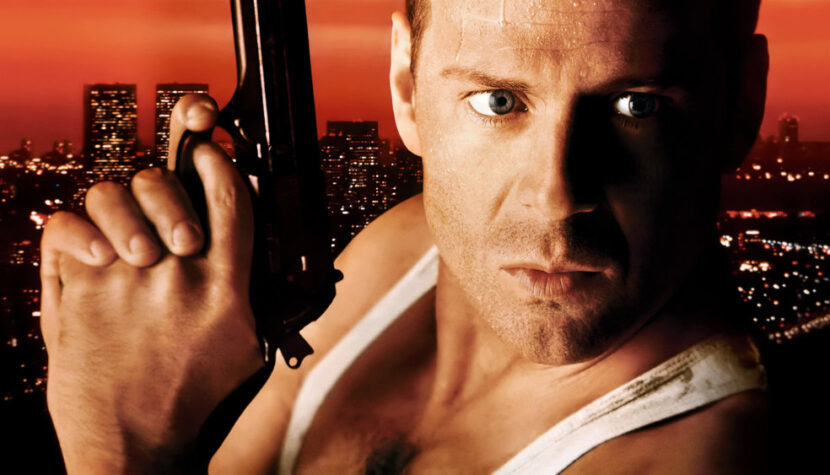
Have you ever met anyone who doesn’t like Die Hard, probably the most Christmas movie of all time? This film is like Keanu Reeves – everyone likes it, and if they don’t like it, they won’t admit it anyway, so they will be included in the statistics as the one who does. To sum up, the love of the cinematic electorate for John McTiernan’s cult slash classic film, is probably equal to 100%. The balance of our beloved action movie’s achievements include: 128th place in the IMDb Top 250, on Rotten Tomatoes an unprecedented unanimity of critics and viewers, as 94% and 94% fresh (no other action film has recorded such a score!). With a budget of $28 million, John McTiernan’s film earned 141 million.
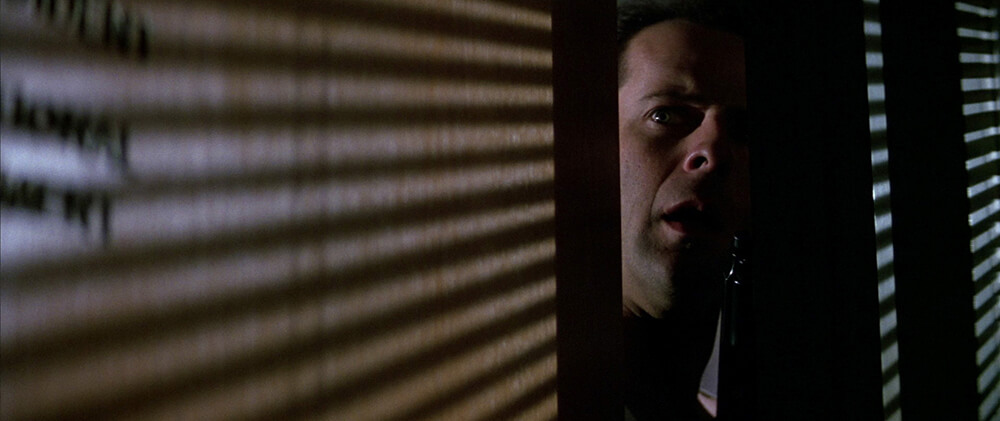
Plus 4 Oscar nominations: for sound, editing, sound editing, and special effects (unfortunately losing to Eastwood’s Bird in the first case, and to Robert Zemeckis’ Who Framed Roger Rabbit in the others). The film has excellent pacing and great timing, the exposition is short and to the point, and the dialogues, humor and action are given in perfect proportions. New characters are introduced to the screen every now and then, so the action doesn’t slow down and the film doesn’t bore even for a second, even though with a running time of 132 minutes it remains to this day the longest installment of the five-part series.
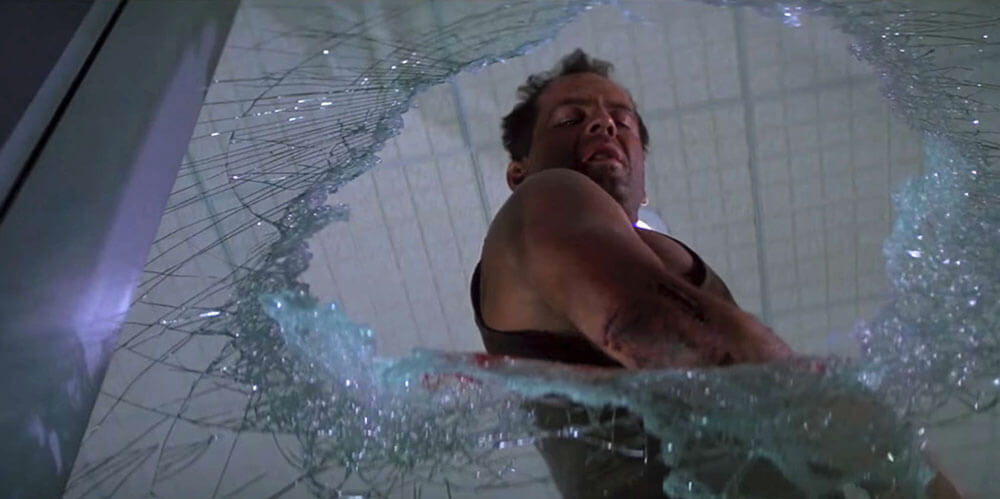
In 2017, Die Hard was added to the National Film Registry of the U.S. Library of Congress for cultural, historical or aesthetic significance. The costume department prepared 17 T-shirts of varying degrees of deterioration for the production, and in 2007 Bruce Willis donated one of them to The Smithsonian Museum. We wouldn’t have missed much, and we would have gotten a completely different film (probably even more brutal and with women’s breasts shown on screen), as Paul Verhoeven was attached to direct, and Arnold Schwarzenegger himself, with whom they made the unabashed Total Recall together two years later, to play McClane. And now let’s collectively consider why it has been such a spectacular success, and why EVERYONE loves Die Hard!
REASON 5: The bad guys
Die Hard created a great scheme that was later replicated in masses (and with varying results), in which the good guy accidentally happened to be in a place that was overrun by the bad guys, who didn’t know about the good guy’s presence and were gradually eliminated by him. Under Siege, Air Force One, or Passenger 57 are just the first examples of films in which the positive hero wiped out a whole host of bad guys before they had time to figure out what hit them in the first place. In keeping with director John McTiernan’s wishes, Ludwig van Beethoven’s Ode to Joy (Symphony No. 9, Fourth Movement) became the terrorists’ musical theme (the memorable scene of the opening of the safe – fuck yeah!).
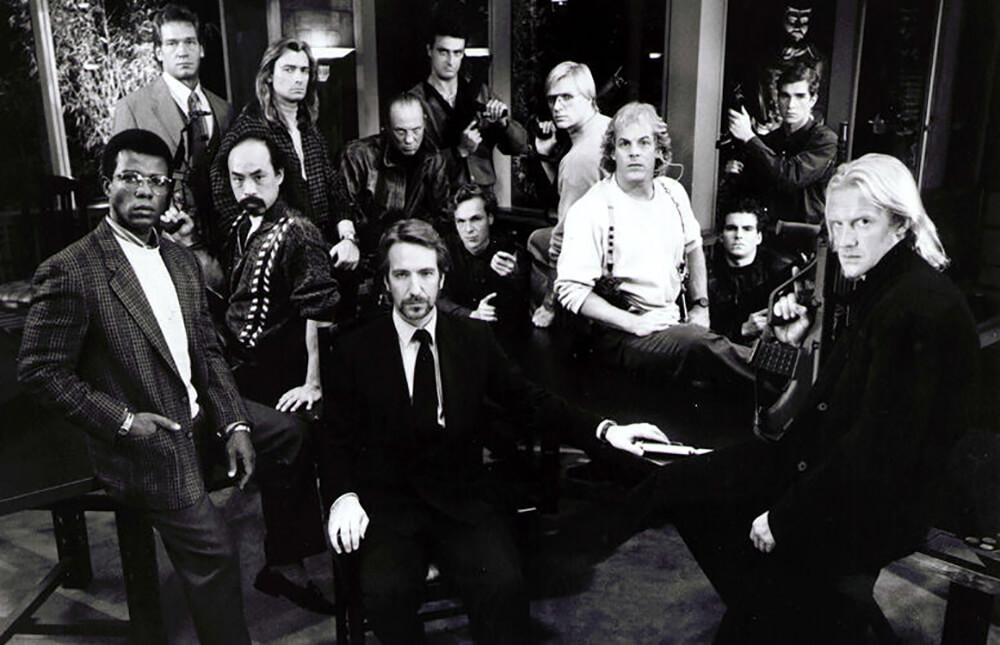
Hans Gruber even hums the piece at one point in the film (when he is in the elevator with Mr. Takagi). Film composer Michael Kamen initially argued that using Beethoven in an action film was sacrilege, telling McTiernan: I’ll make mincemeat of Wagner or Strauss for you, but why Beethoven? McTiernan replied that Ode to Joy was the theme of ultra-violence in Stanley Kubrick’s A Clockwork Orange. Kamen, as a devoted fan of the creator of The Shining, chuckled after hearing such an argument.
PS. I don’t know when they managed to get acquainted with this photo, who then was driving the car…. I mean guarding the hostages?
REASON 6: Yippie Ki Yay Motherfucker
Cult everything, especially the lines, such as Yippie Ki Yay Motherfucker, Now I have a machine gun ho ho ho, Welcome to the Party!, There’s going to be a need for more F.B.I. agents or Willis’ self-ironic mumbling to himself while shoving through air ducts. Add to that dirt, sweat, torn clothes and a loosely smoked cigarette, and you have the image of a 1990s tough guy, the likes of which are no longer made today. Only John Wick gymnastics and shoots as much as he can to at least half match the charisma and toughness of John McClane, although even if breathtaking Keanu Reeves is also loved by the whole world, he is no match to Willis’ 1988 charm.
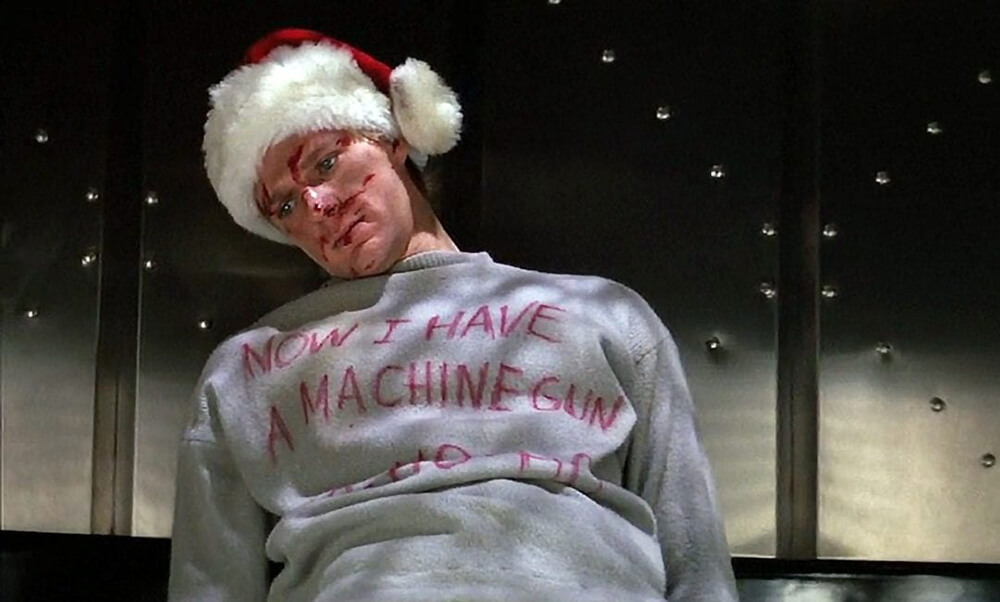
It also needs to be said bluntly; in today’s cinema, smoothed over like a little dog, polite as a sleeping baby, and politically correct as I don’t know what, John’s iconic line would not have passed in its entirety, which is why it was already shortened to Yippie Ki Yay in subsequent installments, and in the version of the film for American television it sounded almost cartoonish because… Yippie Ki Yay Melon Farmer.
REASON 7: Die Hard as Christmas movie
McTiernan’s cultist holds the title of the most famous Christmas thriller film, or the best Christmas thriller film (see 6 ACTION movies MORE CHRISTMAS than DIE HARD) – and these are titles that are no joke. And although even Bruce Willis himself is surprised, and does not like the fact that this is how his most famous film is treated, it is so and so. While Polish viewers associate Die Hard with Christmas probably because of its early 1990s broadcast during that particular period, it’s hard to say why it might be associated the same way in the rest of the World, and it is. Was it really enough that the action was set during the Christmas season, there was a huge Christmas tree in the hall, one of the slain terrorists was dressed as Santa Claus, another said Merry Christmas, and at the end of the film bearer securities fell from the sky in addition to Hans Gruber as a substitute for snow, and Let it snow played?

Following this pattern, after all, Richard Donner’s aforementioned Lethal Weapon began to the rhythms of Jinge Bells, we got to know Riggs more intimately while trying to buy coke from dangerous Christmas tree dealers, there was a dressed Christmas tree in Roger’s house, and the film ended, after all, with Martin’s invitation to the Murtough family for Christmas Eve. And for the heck of it, somehow no one call Lethal Weapon a Christmas movie (read my article 6 ACTION movies MORE CHRISTMAS than DIE HARD). How that happened I don’t know. In any case, the Fox label itself has finally officially admitted (cutting off all discussion and discord) that Die Hard is, and I quote: The Greatest Christmas Story Ever Told. This original coming-out took place in the official trailer for Die Hard to celebrate the film’s 30th anniversary. The entire trailer, by the way, was styled as a Christmas movie (appropriate background music), exposing perhaps all the lyrics and holiday props featured in McTiernan’s film.
REASON 8: Nakatomi Plaza
Nakatomi Plaza, a futuristic-looking, and capably named skyscraper owned by a fictional Japanese corporation, played one of the leading roles in the film. Fox Plaza, for that’s the building’s real name, was completed in 1987, literally just before filming began, and is presented as newly completed in the film. The architects of the building were Scott Johnson, Bill Fain and William L. Pereira. Former U.S. President Ronald Reagan had his offices in it for several years after leaving public office, and the 34th floor is now occupied by 20th Century Studios. The building was also used in a number of films made by the Fox studio.
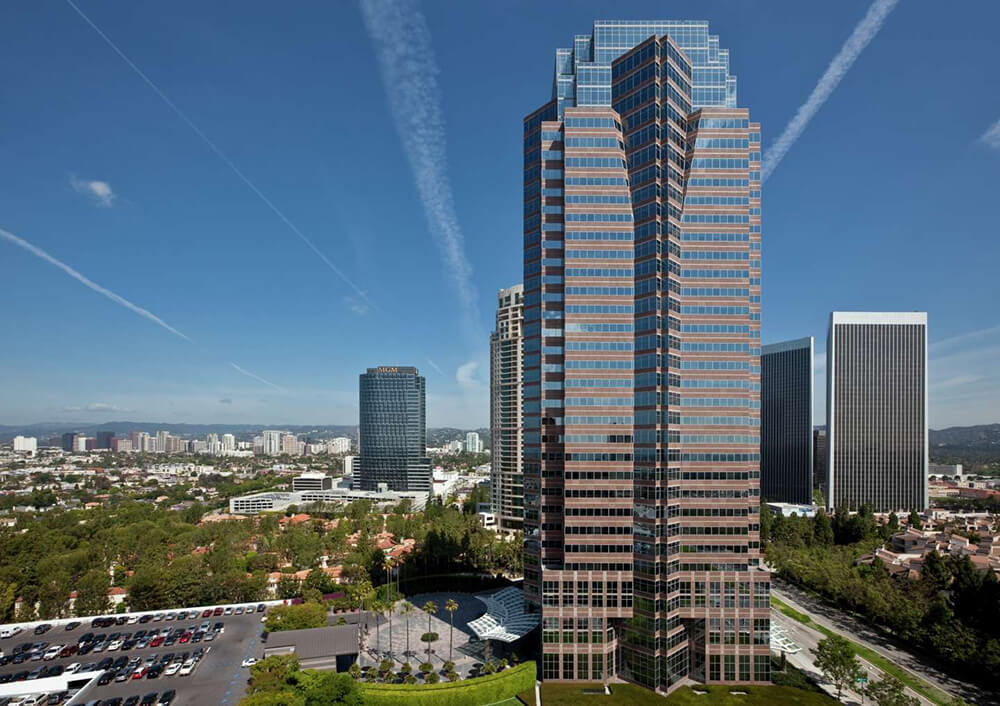
The plaza and a neighboring building were the main setting of the 1994 comedy Airheads, which features the fictional radio station KPPX. Fox Plaza was also one of the buildings destroyed at the end of the Fight Club (the first one on the left, you don’t need to check anymore). The building also played an important role in Brooklyn 99; in one episode, Detective Jake Peralta insisted on visiting the building because of its role… in Die Hard. The exterior of the building was used in the 2001 episode of The X-Files Essence and in the 1989 film Lethal Weapon 2. Interestingly, Fox Plaza was also featured prominently in Bruce Willis’ earlier film, 1987’s Blind Date; it can be seen from David Bedford’s office window at exactly the sixty-third minute of the film.

